Singapore's flying taxi trials showcase the 'urban mobility' future
They might look like futuristic toys come to life, but flying taxis took to the skies in Singapore this week.
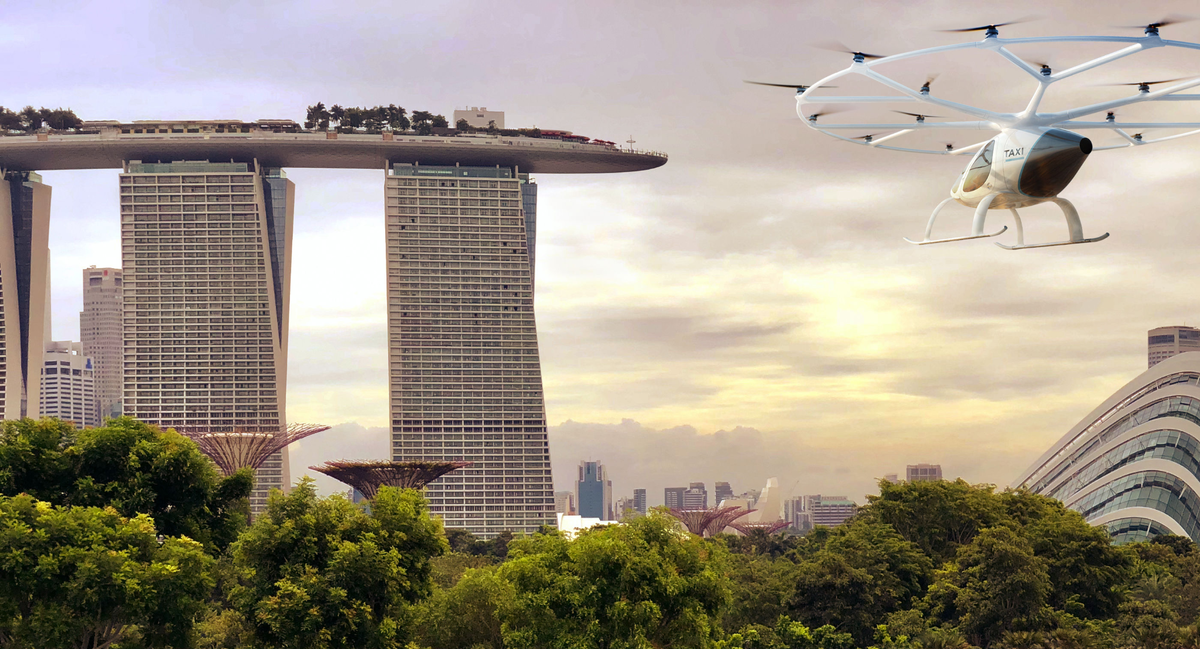
Flying taxis, once the purview of science-fiction films such as The Fifth Element, might soon be a staple of urban transport, as better batteries and innovative designs make it cheaper, cleaner, and quieter to travel short distances by air.
Two companies came to Singapore this week to share their vision during the Intelligent Transport Systems World Congress. UK-based Skyports built a model flying taxi station, while Germany’s Volocopter gave a demonstration flight of its electric vehicle.
Engineers from both companies walked reporters through how it might work. A traveler opens an app and chooses among a handful of stations in a given city - flying between the Marina Bay Sands hotel and the nearby resort island of Sentosa was one option this week. The traveler picks the departure time and gets a confirmation showing who the pilot will be.
When travelers show up at the station, a biometric scanner uses facial recognition software to confirm the booking and weighs them to make sure the vehicle will remain balanced in the air. Passengers then slip in to be whisked across the sky to their destination. When they land, workers will slip a new battery into the back of the taxi to ready it for the next passage.
Of course, that’s still off in the future, and the present offers challenges. The companies are trying to win over regulator support and public acceptance, which is where this week’s demonstration comes into play.
The station, called the Voloport, was sleek and futuristic. Video screens showed how much time you’d save in flying taxis vs the wheeled kind: a four-minute ride to Sentosa, compared with 21 minutes on the ground.
An engineer explained that when the stations are operational, helipads could be hydraulically raised and lowered between the roof and ground floor of the station to make boarding and taking off more seamless.
The Volocopter itself looks like a toy come to life. Instead of one giant rotor in the middle, it has more than a dozen smaller ones arrayed above its cab. The demonstration models were relatively small; there was room for just two people to sit very snugly, side-by-side.
One of the supposed benefits of electric aircraft such as the Volocopter over petroleum-powered helicopters is the noise – or lack of it.
Electric motors are thought to be less likely of a nuisance to people living near stations, but it was hard to tell exactly how quiet the aircraft was; the demonstration flight never got closer than a few hundred meters to a throng of media members. From that distance, it sounded like a slightly larger-than-normal bumblebee.
While airborne rides might not be for everyone, Volocopter CEO Florian Reuter says the company plans to use software and the relative freedom of air routes to be able to design slower, gentler rides for passengers who need it. “There could be a grandma mode and a rocket-man mode,” he quips.
Cost will be a further issue. Skyports Managing Director Duncan Walker says initial routes might cater to curious tourists and wealthy business travelers, but the companies hope to bring down costs enough to make it a mass-market product.
Citigroup estimates the eventual cost of a ride at about US$3.75 per mile – cheaper than a limousine but still double the cost of ground-based ride-hailing – and believes annual sales of electric passenger aircraft could reach 20,000, worth US$5 billion, by 2030.
Citi expects designers to keep tweaking the technology and working with regulators so they can start to offer regular air taxi services from 2025. But the era of flying taxis could take off even sooner: Uber is targeting launches in Los Angeles, Dallas, and Melbourne as early as 2023.
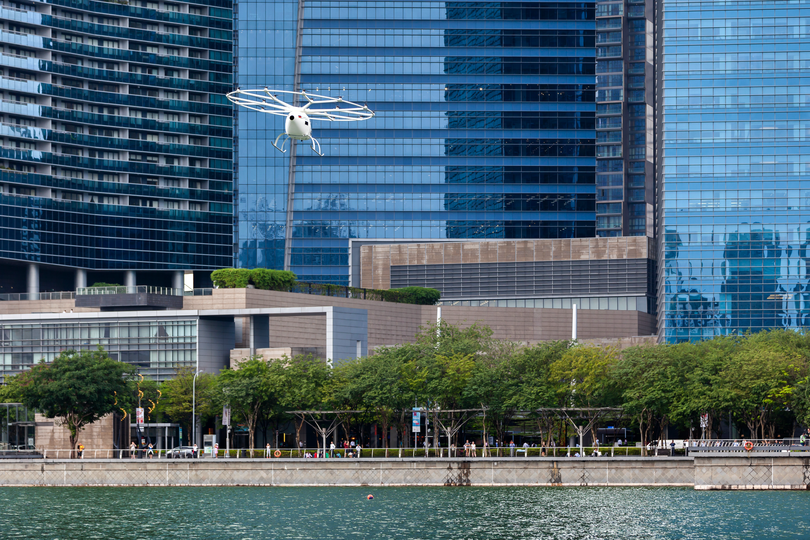
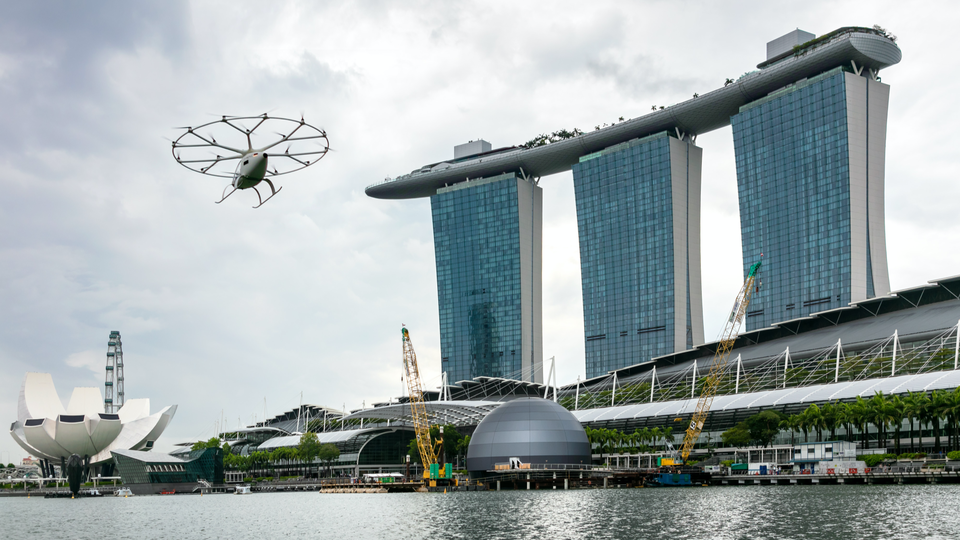
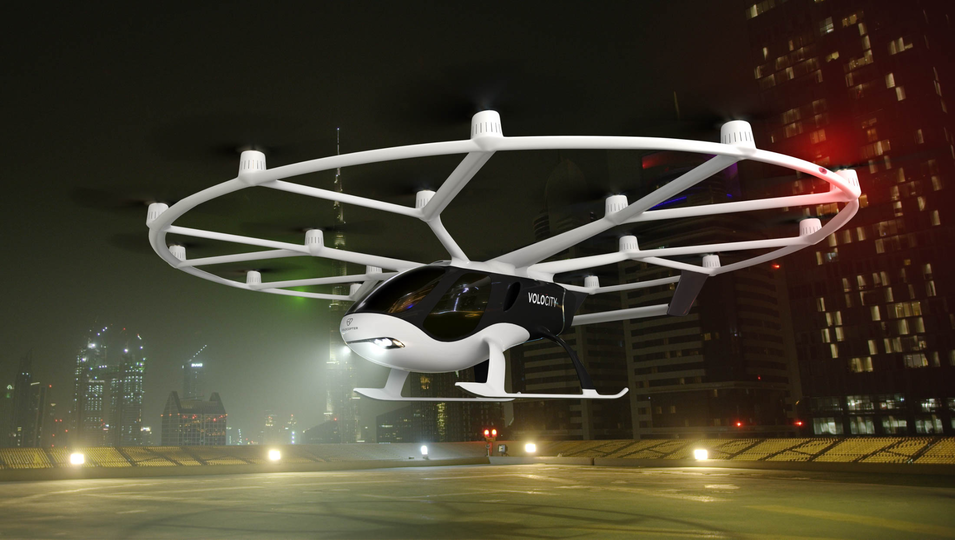
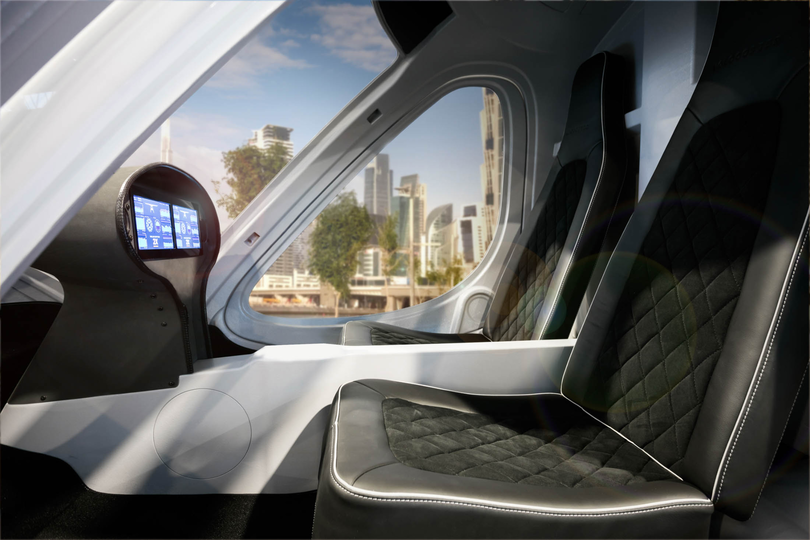

22 Dec 2016
Total posts 3
I'm intrigued by how these aircraft deal with engine failure - by comparison to helicopters which depend on rotor disc inertia to flare at touchdown during auto-rotation. I can't imagine these small rotors have enough mass to store the same energy as a helicopter rotor.
22 Dec 2016
Total posts 3
Perhaps I should have been less specific than "engine" failure as each rotor appears to have it's own engine - the point applies more to circumstances where all drive to the rotor array stops, for example battery depletion or failure.
Hi Guest, join in the discussion on Singapore's flying taxi trials showcase the 'urban mobility' future